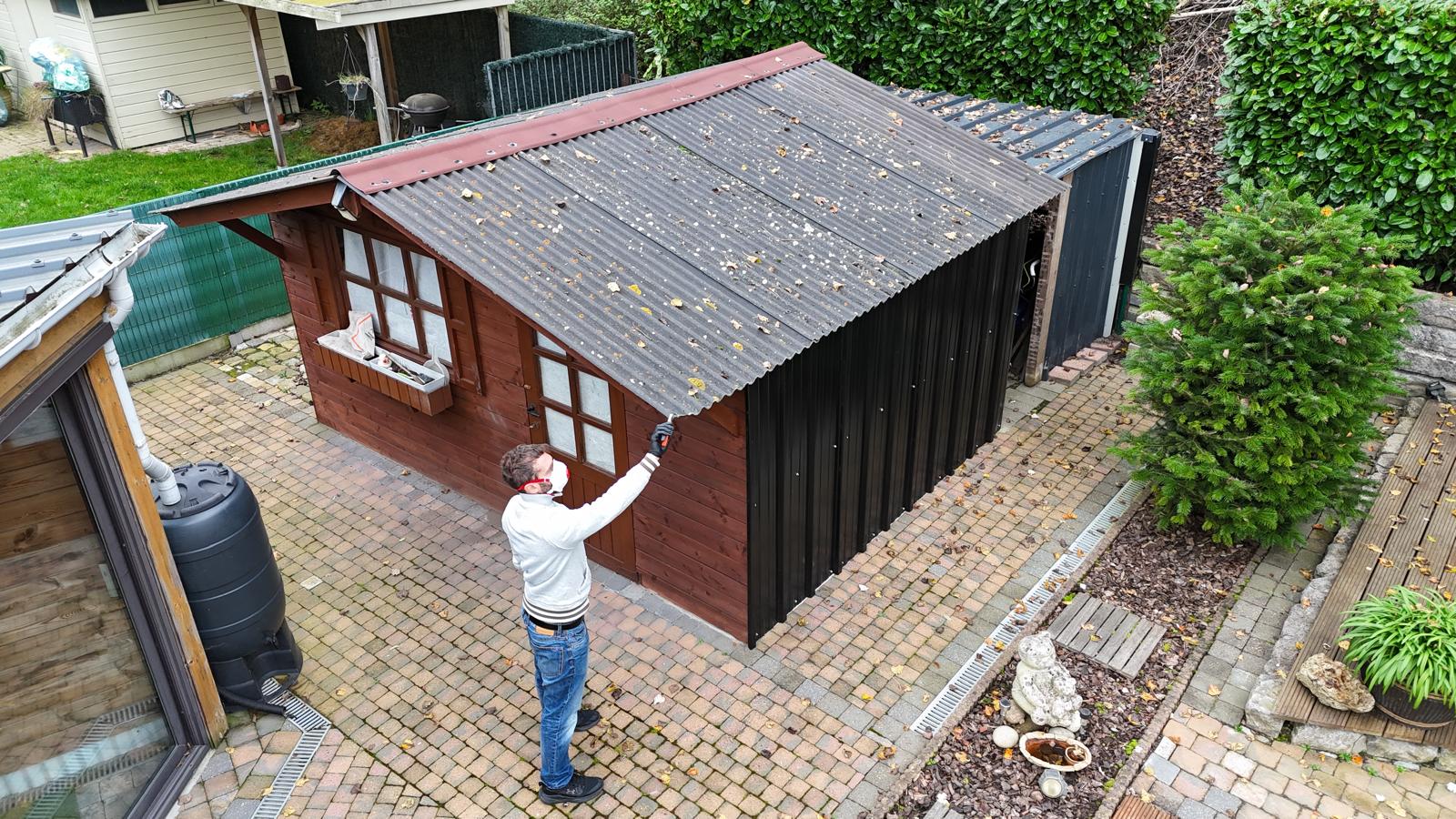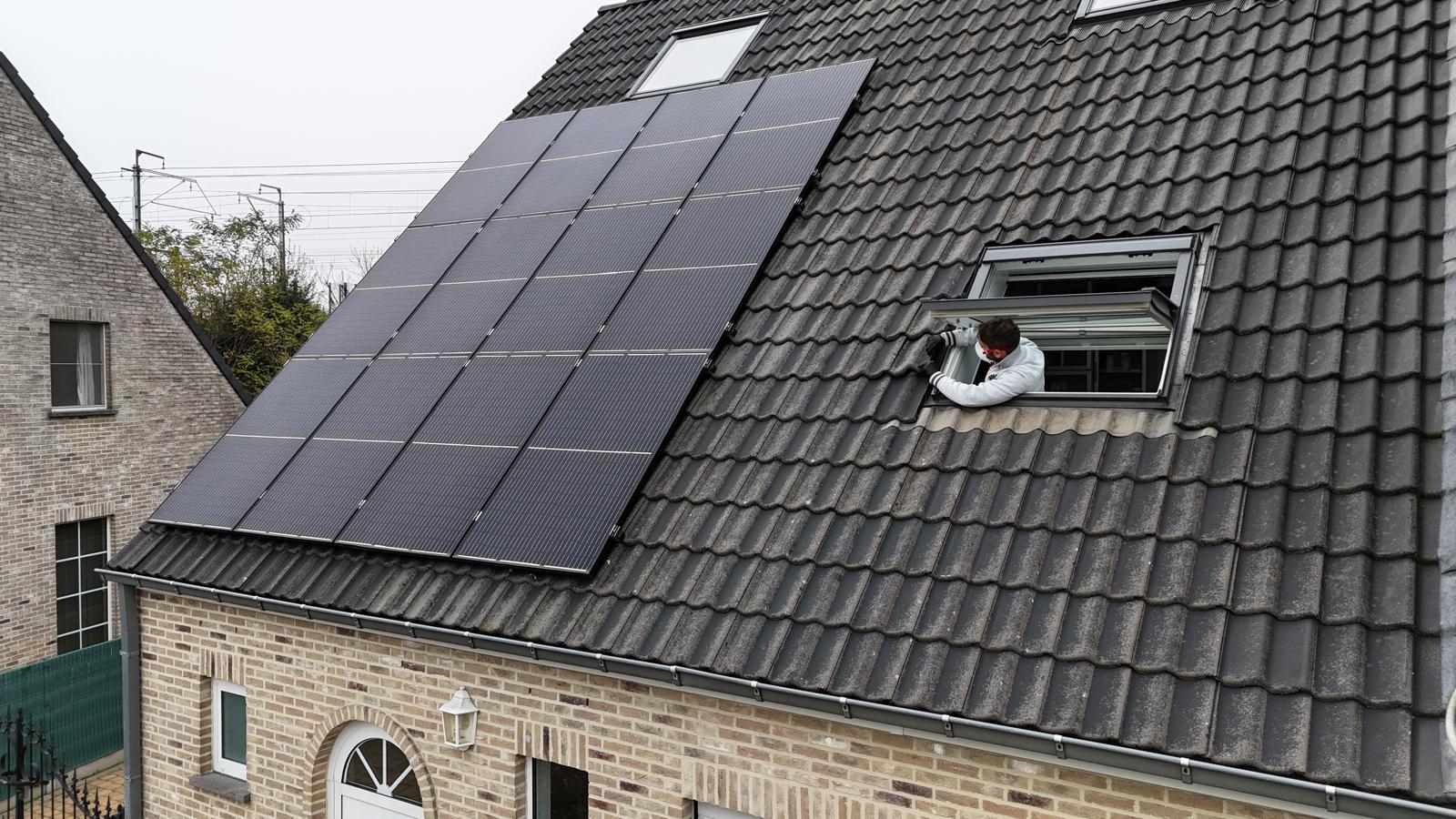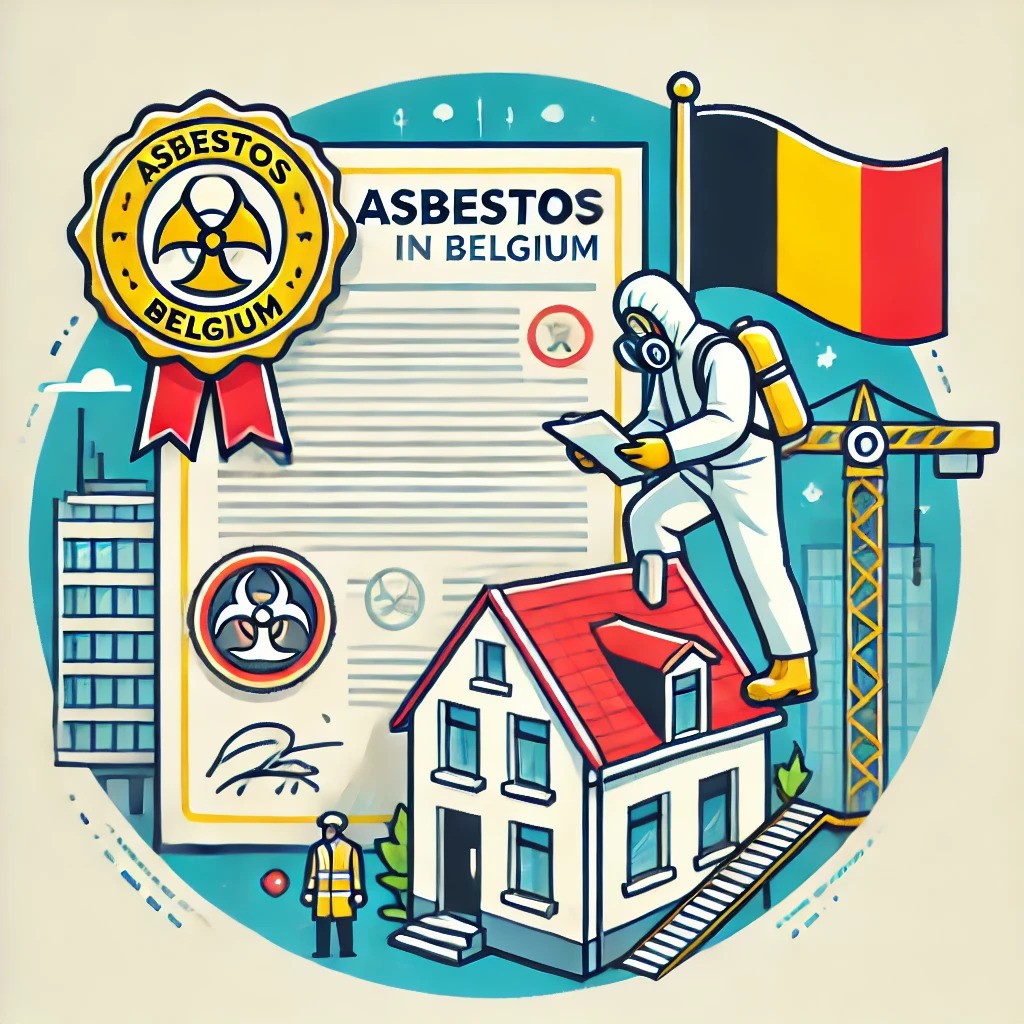Asbestos is a fibrous mineral that was widely used in the construction industry due to its resistance to fire, heat, and certain chemicals. However, it is now recognised for its health dangers, including respiratory diseases and lung cancers. Since 1998, the production and use of asbestos have been banned in Belgium, but many older buildings still contain this material.


Asbestos Slate Roofs
In Belgium, asbestos was often used in roofing in the form of fibre cement, including corrugated sheets and slate tiles. These materials were popular for their durability and relatively low cost. However, they now pose a health risk if asbestos fibres deteriorate and become friable, releasing dangerous particles into the air.Identification and Diagnosis
To identify the presence of asbestos in a roof, it is recommended to consult a qualified professional who can carry out sampling and analysis. Roofs constructed before 1998 and featuring grey or corrugated fibre cement sheets are particularly likely to contain asbestos.

Treatment Options
- Asbestos Removal: This operation must be carried out by specialised and approved companies, as it involves high risks if not executed correctly.
- Encapsulation: This involves sealing the asbestos to prevent the dispersion of its fibres. It is an intermediate solution that can be considered if the material is not too deteriorated.
- Replacement: Replacing asbestos-containing materials with safe alternatives, such as modern slate tiles, is often the most durable solution, although it can be costly.
Financial Assistance
In Flanders, financial assistance is available to encourage asbestos removal from roofs. These grants may cover part of the costs related to inspection, removal, or encapsulation of asbestos. It is advisable to check with local and regional authorities for the types of assistance available.

Illustrations and Precautions
Appearance of Fibre Cement Tiles
Asbestos-containing slates can have a flaky appearance or show signs of disintegration, often accompanied by mould or moss growth due to the increased porosity of the material.Precautions
It is crucial not to touch, cut, drill, or damage materials containing asbestos. Removal must be carried out by professionals equipped with appropriate protective gear and following strict procedures to avoid fibre dispersal.Conclusion
Although asbestos in slate roofs is a major issue in Belgium, solutions exist to manage this risk. Awareness and appropriate actions can help ensure the safety of residents while maintaining the durability of homes. Contact your asbestos expert
